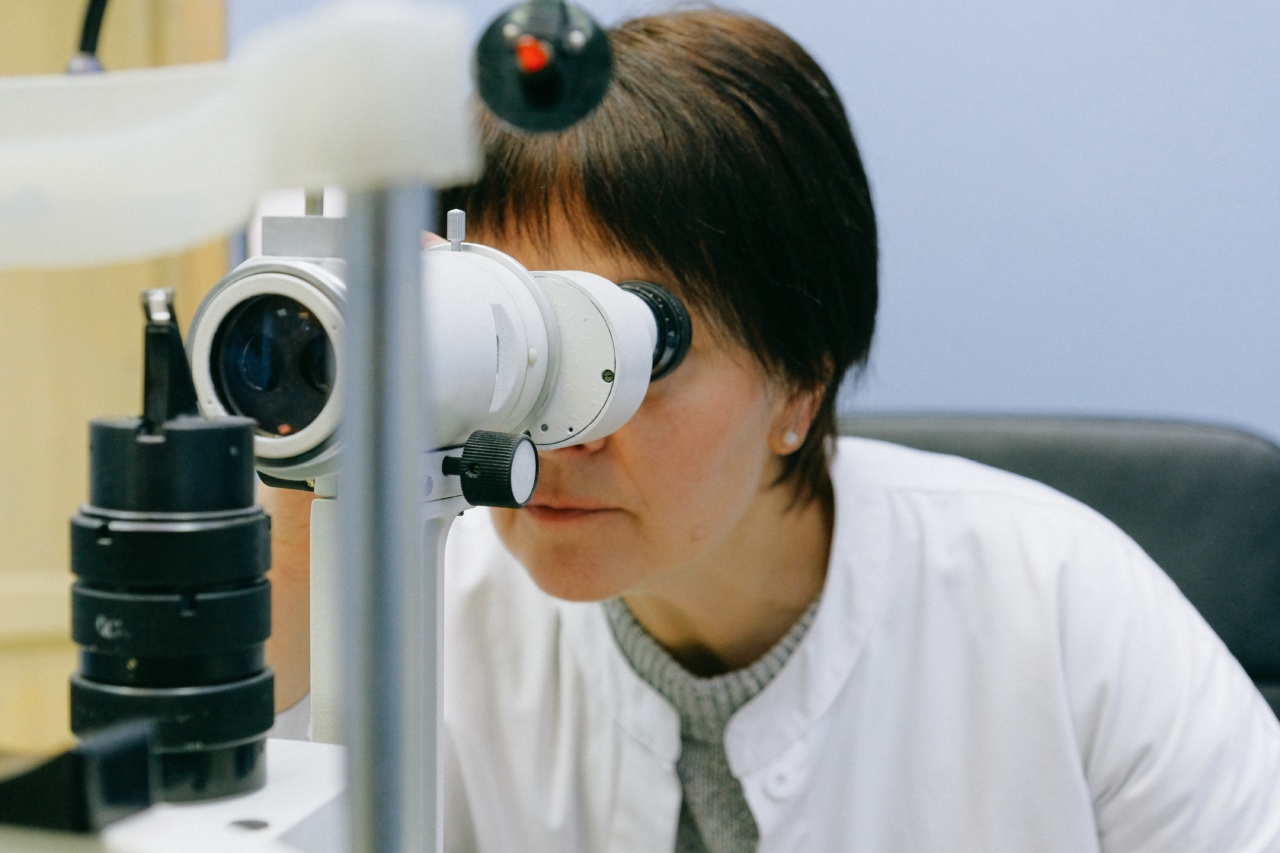Alzheimer’s is a condition that is typically associated with memory loss. While there are other potential symptoms, such as difficulty with language, confusion, and changes in mood, it is the loss of memory that most people tend to think of.
While Alzheimer’s is typically associated with the elderly, the reality is that Alzheimer’s can develop at any age.
Despite the fact that there is no cure for Alzheimer’s, there have been a number of promising developments in our ability to predict the onset of the disease.
Certain medical tests and examinations can identify signs of Alzheimer’s developing in the brain up to two decades before the onset of symptoms. Here are some of the ways doctors are working to predict Alzheimer’s and monitor its progression.
1. PET Scans
PET scans are a type of medical imaging that can reveal signs of Alzheimer’s in the brain. PET scans work by detecting the presence of amyloid and tau proteins, which are known to accumulate in the brains of individuals with Alzheimer’s.
A PET scan can allow doctors to see these proteins accumulating in the brain years before the onset of Alzheimer’s symptoms. PET scans may not be widely available, but they are one of the most accurate methods of predicting Alzheimer’s.
2. Medical Examinations and Cognitive Tests
During medical examinations, doctors can ask a series of questions or give cognitive tests designed to spot early signs of Alzheimer’s.
Such tests can assess memory, orientation, language, and overall cognitive function; noting any deficits while also tracking patients over time can help doctors predict the onset of Alzheimer’s.
3. Blood Tests
Blood tests can be used to look for certain biomarkers that may indicate the onset of Alzheimer’s.
For example, researchers have discovered that a certain protein called amyloid beta is found in the blood of individuals who go on to develop Alzheimer’s. By detecting this protein in someone’s blood, doctors can predict the likelihood of the person developing Alzheimer’s up to 10 years in advance of symptoms.
4. Eye Exams
Believe it or not, an examination of the eye can potentially uncover early signs of Alzheimer’s. As it turns out, the retina is a part of the brain, and changes in the eye can signal changes in the brain over time.
Abnormalities in the retina can indicate a higher risk of Alzheimer’s or, for those who already have the disease, the severity of Alzheimer’s.
5. Brain Imaging
Brain imaging can encompass a variety of different types of scans and medical tests that create images of the brain. Beyond PET scans, other types of brain imaging can help doctors predict Alzheimer’s.
For example, MRI scans can reveal changes in the brain’s structure or the presence of abnormal tissue in the brain that is associated with Alzheimer’s. By monitoring these changes over time, doctors can monitor the progression of Alzheimer’s and predict when symptoms will start to develop.
Conclusion
Alzheimer’s is a disease that affects millions of people across the world, and it has no cure.
However, by predicting the onset of the disease early and monitoring its progression, doctors can work to slow the onset of Alzheimer’s symptoms, potentially improving the quality of life of Alzheimer’s patients. Through a combination of different medical tests and examinations, doctors can predict Alzheimer’s up to two decades before symptoms begin to manifest.




























